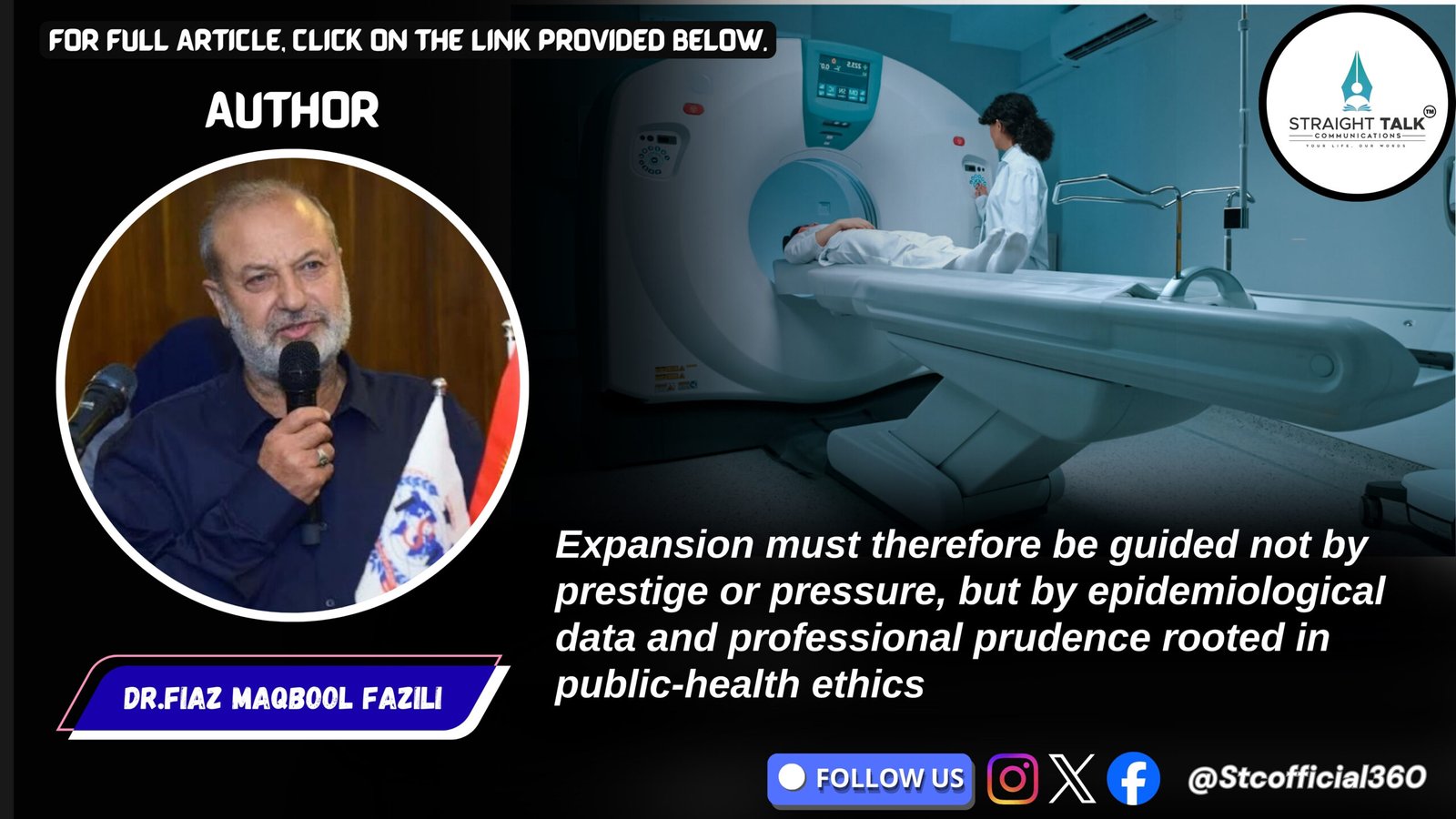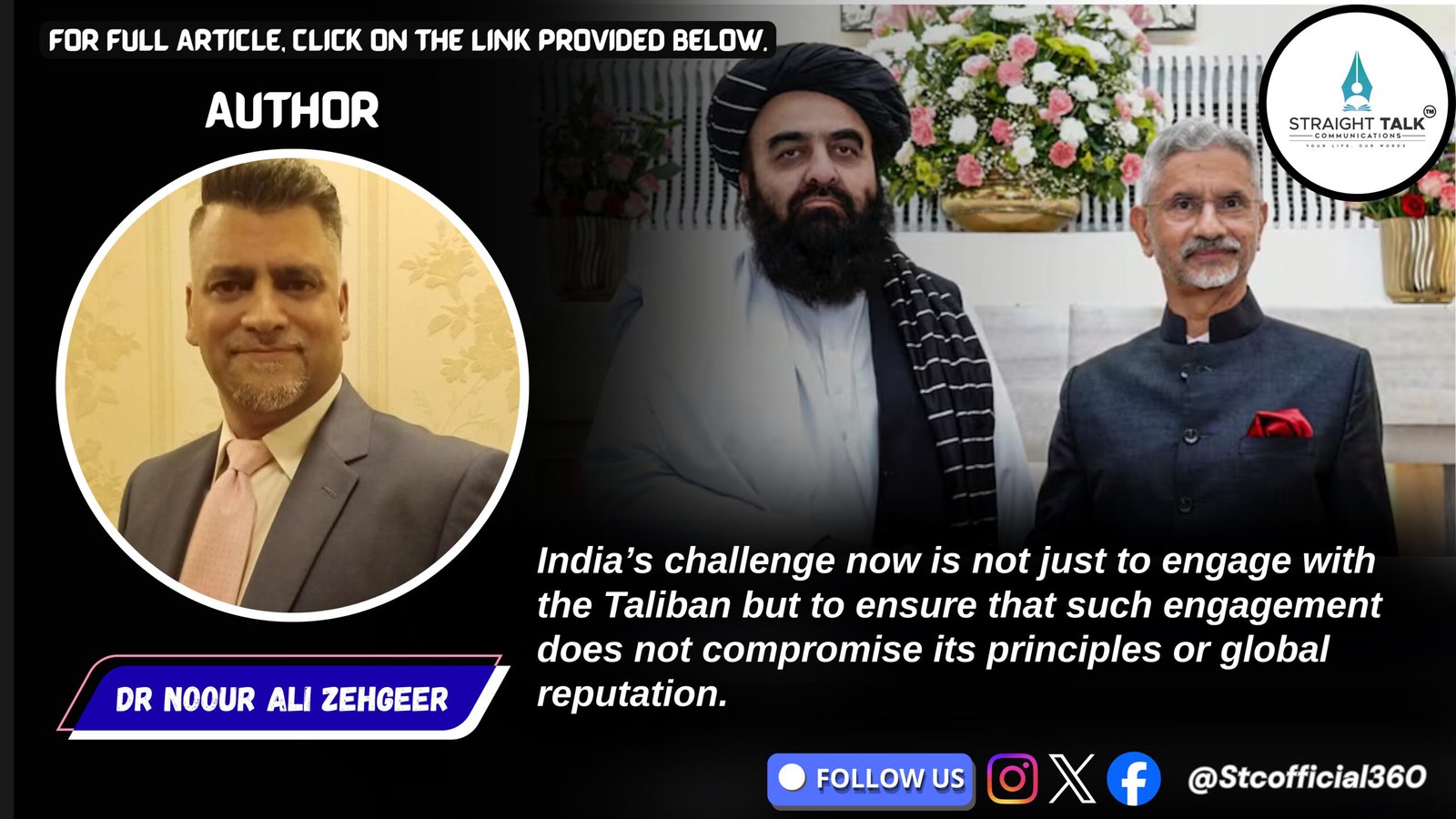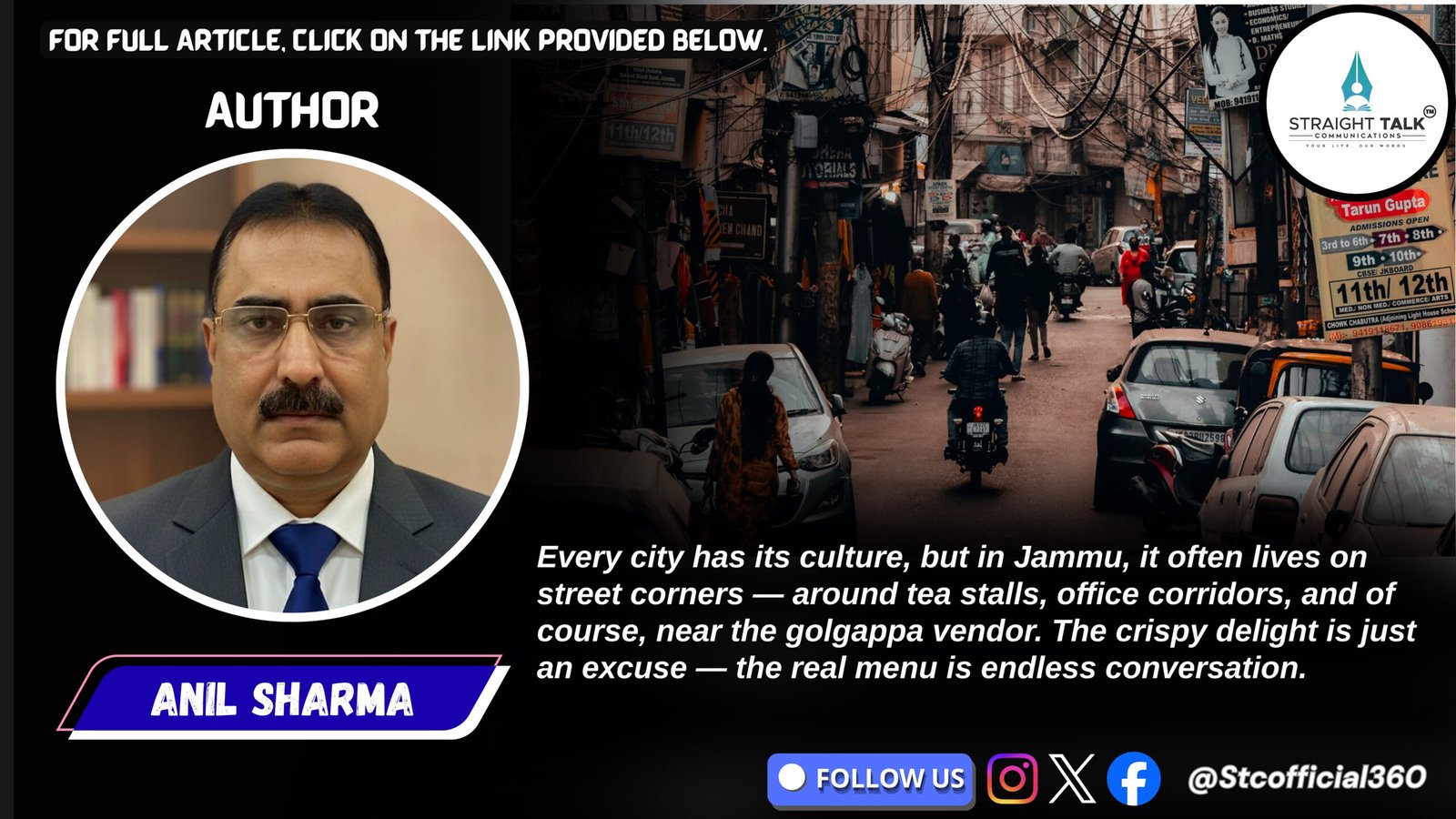PET-CT Dilemma: Planning Equity in Kashmir’s Cancer Care

Expansion must therefore be guided not by prestige or pressure, but by epidemiological data and professional prudence rooted in public-health ethics.
Dr.Fiaz Maqbool Fazili
It always puzzles me when multiple PET-CT scanners are proposed for the same region. By global norms, one PET-CT unit adequately serves a population of about 10–15 lakh, depending on cancer prevalence and case-mix. In Kashmir, with roughly 70 lakh people, a single well-equipped centre could reasonably meet current diagnostic demand—if managed efficiently with proper scheduling and maintenance.
The real debate lies between following international benchmarks and addressing local realities: rising cancer trends, referral patterns, and access equity. Expansion must therefore be guided not by prestige or pressure, but by epidemiological data and professional prudence rooted in public-health ethics. The gentle waters of Dal Lake have long mirrored the serene beauty of Kashmir, but beneath this placid surface, a silent, relentless epidemic is unfolding. Cancer rates are trending upwards, casting a long shadow over the valley’s populace.
In the fight against this complex disease, the Positron Emission Tomography-Computed Tomography, or PET-CT scan, has emerged as a critical, albeit expensive, weapon. It is not a first-line diagnostic tool but an indispensable ancillary aid, crucial for accurately staging the extent of the disease, evaluating the response to therapy, and conducting post-treatment surveillance. The pressing question now confronting the healthcare infrastructure of Kashmir is not if we need this technology, but where and how to deploy it equitably and wisely. The current scenario in Srinagar, with two operational machines and a third on the way, juxtaposed against the desperate demands from Government Medical Colleges (GMCs) in the districts, presents a complex planning dilemma that goes beyond mere numbers.
Srinagar, the urban heart of Kashmir with a population running into millions, is the current epicenter of this technological deployment. The presence of one machine in the government sector and one in the private, with another private unit imminent and the Sher-i-Kashmir Institute of Medical Sciences (SKIMS) ,another one at Shireen Bagh also in the process of acquisition, creates an impression of sufficiency. But is it? For a city with a vast catchment area that effectively serves the entire valley and a population with a significant number at risk for cancer, the adequacy of these machines must be measured not just in units, but in access, affordability, and workflow. A concentration of three or four machines in the capital, while seemingly robust on paper, can lead to a lopsided ecosystem. The government machine, likely burdened by overwhelming demand, may face long waiting lists—a critical delay in a race against time that cancer patients cannot afford. The private machines, while alleviating some pressure, render the service prohibitively expensive for a large segment of the population, creating a stark healthcare disparity.
This centralization in Srinagar creates a cascade of hardships. Imagine a patient from the remote district of Kupwara or Kargil, already weakened by disease and arduous treatment. For them, a PET-CT scan means a grueling journey, accompanied by a caregiver, incurring substantial costs for travel and accommodation in the city, on top of the medical expense itself. This transforms a single scan from a medical procedure into a logistically and financially crippling expedition. It exacerbates the suffering of the patient and places an immense burden on families already grappling with a devastating diagnosis. This is the human cost of centralized, urban-centric healthcare planning.
It is against this backdrop of urban concentration and rural deprivation that the demands from GMCs in district headquarters like Anantnag, Baramulla, Handwara and Jammu (for the wider region) must be viewed. Their plea is not merely for prestige but for fundamental healthcare justice. Decentralizing advanced technology is a cornerstone of equitable health policy. Placing a PET-CT scanner in a district GMC would drastically reduce the travel burden for a massive portion of the population, bringing advanced care closer to home. It would integrate the scanner into the existing oncology or major departmental workflow of the hospital, allowing for a more seamless patient journey from diagnosis to treatment planning and follow-up, all within a single, familiar institution.
However, the decision to install a machine costing crores of rupees cannot be based on regional demand alone. It must be a calculated, data-driven exercise in health economics and resource optimization. The primary metric must be patient volume and catchment population. A detailed feasibility study is required to estimate the number of probable PET-CT scans required per year for the population served by each district GMC. A machine requires a minimum number of scans annually to be financially viable and to maintain the proficiency of its technical and medical staff. Installing a scanner in a location that cannot generate sufficient volume is a recipe for it becoming an underutilized, expensive white elephant, eventually falling into disrepair.
Furthermore, the presence of a scanner is not an isolated intervention; it is the apex of a supporting healthcare pyramid. Before a district can host a PET-CT, certain non-negotiable prerequisites must be met. The district hospital must have a robust and well-established oncology department or strong ties with one, including medical oncologists, radiation oncologists, and onco-surgeons. The scanner’s findings are meaningless without the specialists to interpret them in a clinical context and act upon them. There must be a stable supply chain for the radiopharmaceuticals, notably Fluorodeoxyglucose (FDG), which has a short half-life. This requires reliable transport and logistics, possibly even an on-site cyclotron, which is a massive investment in itself. Additionally, the institution needs trained nuclear medicine physicians, radiologists, and technologists to operate the machine and interpret the results accurately. Misinterpretation can be as dangerous as the absence of the test.
Therefore, a phased, hub-and-spoke model presents the most pragmatic path forward. In this model, Srinagar, with its existing infrastructure and expertise at SKIMS and other major hospitals, would act as the central hub. The district GMCs would function as evolving spokes. The immediate goal should be to strengthen the hub, ensuring the government machine at SKIMS is fully optimized and accessible, while simultaneously regulating costs in the private sector to prevent profiteering.
Concurrently, the government must initiate a systematic capacity-building mission in the districts with the strongest claims. This begins not with shipping a machine, but with investing in human resources—training doctors and technicians at the hub. It involves bolstering the oncology and related departments in these district hospitals and conducting meticulous feasibility studies to rank the districts based on clear, transparent criteria: current cancer patient load, distance from the hub, and institutional readiness.
The first district scanner should not be placed as a political trophy, but as the culmination of this preparatory work, in the location that demonstrably meets the criteria and is ready to provide holistic care. This ensures the technology serves its purpose rather than becoming a symbol of wasted resources.
The need for PET-CT scans in the cities and districts of Kashmir is undeniable. It is a vital tool in the modern oncologist’s arsenal. The challenge lies in planning its deployment with a blend of compassion and cold, hard logic. We must move beyond a reactive model of placing machines where the clamour is loudest, and instead, adopt a proactive, strategic plan that prioritizes patient need, geographic equity, and institutional readiness. The goal is to ensure that a patient in Pulwama has the same access to life-changing medical technology as a patient in Srinagar, without having to embark on a punishing pilgrimage to the capital. In achieving this, we do more than just fight cancer; we uphold the very principle of healthcare as a universal right, ensuring the waters of Kashmir mirror not just beauty, but a promise of health and justice for all its people.
Blueprint for the Future: The Hub-and-Spoke Model:An expensive scanner cannot function in isolation; its success depends on a robust ecosystem of specialists, supplies, and sustained patient volume.To present the solution and way forward we need a phased strategy, with Srinagar as a strengthened hub and prepared districts as evolving spokes, offers the most pragmatic and equitable path.In the strategic placement of this technology lies an opportunity to build not just a more efficient healthcare system, but a more just one.
(Author is a healthcare policy analyst, Certified Professional in healthcare quality standards. He can be reached drfiazfazili@gmail.coming )







